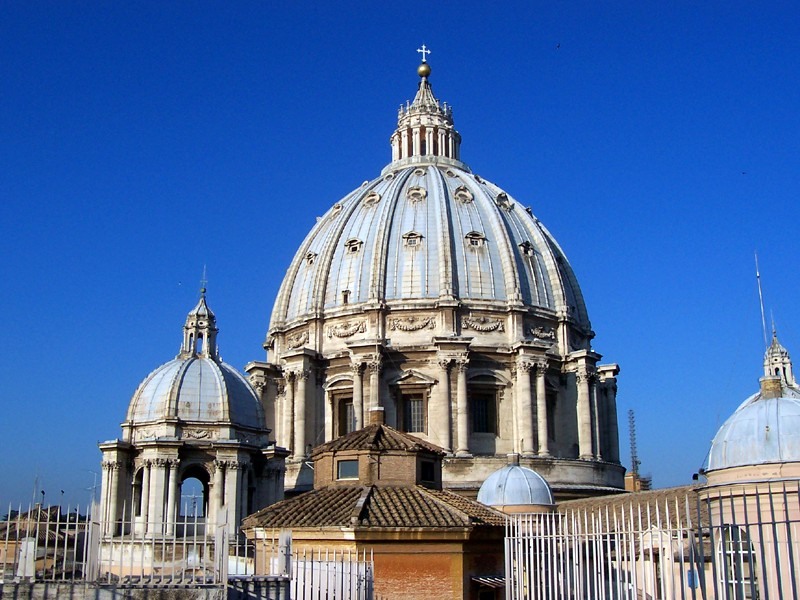Les Invalides
 The Hôtel des Invalides (French pronunciation: [o.tɛl dez ɛ̃valid]; lit. 'House of the Invalids'), commonly called Les Invalides (French pronunciation: [lez ɛ̃valid]; lit. 'The Invalids'), is a complex of buildings in the 7th arrondissement of Paris, France, containing museums and monuments, all relating to the military history of France, as well as a hospital and an old soldiers' retirement home, the building's original purpose. The buildings house the Musée de l'Armée, the museum of the Army of France, the Musée des Plans-Reliefs, and the Musée d'Histoire Contemporaine. The complex also includes the Cathedral of Saint-Louis-des-Invalides, the national cathedral of the French military. It is adjacent to the Royal Chapel known as the Dôme des Invalides, the tallest church building in Paris at a height of 107 meters. The latter has been converted into a shrine to some of France's leading military figures, most notably the tomb of Napoleon.
The Hôtel des Invalides (French pronunciation: [o.tɛl dez ɛ̃valid]; lit. 'House of the Invalids'), commonly called Les Invalides (French pronunciation: [lez ɛ̃valid]; lit. 'The Invalids'), is a complex of buildings in the 7th arrondissement of Paris, France, containing museums and monuments, all relating to the military history of France, as well as a hospital and an old soldiers' retirement home, the building's original purpose. The buildings house the Musée de l'Armée, the museum of the Army of France, the Musée des Plans-Reliefs, and the Musée d'Histoire Contemporaine. The complex also includes the Cathedral of Saint-Louis-des-Invalides, the national cathedral of the French military. It is adjacent to the Royal Chapel known as the Dôme des Invalides, the tallest church building in Paris at a height of 107 meters. The latter has been converted into a shrine to some of France's leading military figures, most notably the tomb of Napoleon.== History ==
Louis XIV initiated the project by an order dated 24 November 1670 to create a home and hospital for aged and disabled (invalide) soldiers, the veterans of his many military campaigns. The initial architect of Les Invalides was Libéral Bruant. The selected site was in the then suburban plain of Grenelle (plaine de Grenelle). By the time the enlarged project was completed in 1676, the façade fronting the Seine measured 196 metres (643 ft) in width, and the complex had fifteen courtyards, the largest being the cour d'honneur designed for military parades.
[
The church-and-chapel complex of the Invalides was designed by Jules Hardouin-Mansart in 1676, taking inspiration from his great-uncle François Mansart's design for a Chapelle des Bourbons to be built behind the chancel of the Basilica of Saint-Denis, the French monarch's necropolis since ancient times.